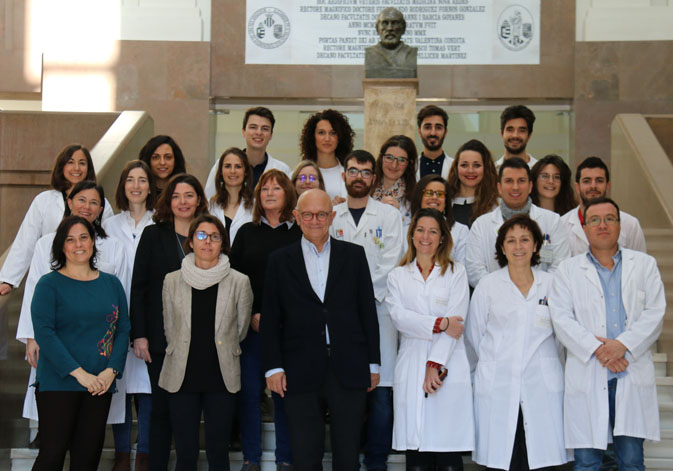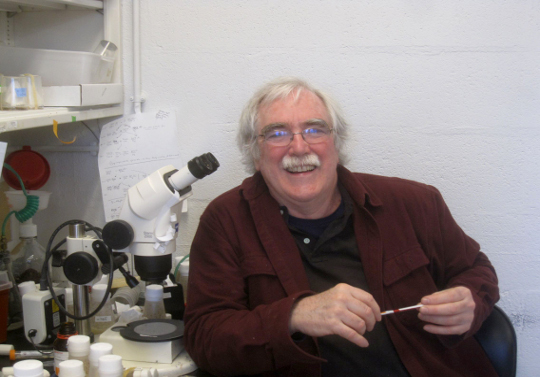
Science journal has published this week a new study that allows to accurately proofread the ARN.
1 july 2016
Researchers of the University of Texas (UT) in Austin, United States, have recently published an study in the Science journal that shows that they have found how having ARN corrected with precision, something that occurred for the first time in 3 billion years.
There are certain viruses called retroviruses that can cause ARN to make copies in a process known as reverse transcription. This process is highly complicated and throughout its evolution many error occurred: an evolutionary ancestor of all the viruses never had the ability to accurately copy genetic material, thus opening the door to thousands of years of genetic errors. These errors are very diverse and can produce from diseases to genetic changes that result in a new species, so it could also be the necessary part of diversity on Earth.
Researchers of the University of Texas have designed an enzyme, which they have called RTX, that carries out the reverse transcription and that also can proofread the genetic code. This enzyme allows, for the first time in history, for large amounts of RNA information to be copied with near perfect accuracy. RTX enzyme retains the highly accurate and efficient proofreading function, while copying ARN. Accuracy is improved at least threefold, and it may be up to 10 times as accurate. This new enzyme could enhance the methods used to read the RNA from cells.
“We have created a new group of enzymes that can read the genetic information inside living cells with unprecedented accuracy”, says Jared Ellefson, a postdoctoral fellow in UT Austin’s Center for Systems and Synthetic Biology. “Overlooked by evolution, our enzyme can correct errors while copying RNA”, he states in the press release of the University of Texas.
This enzyme could be key to better understand genetic information related to inheritable diseases and to help enormously to future researchers: if there were a ‘failure’ in the RNA it could be possible proofread. From the finding of reverse transcription, scientists have use it to better understand genetic information related to inheritable diseases and other aspects of human health. Still, the error-prone nature of existing RNA sequencing is a problem for scientists.
Knowing more aspects on human life offers us better possibilities to understand life and evolution.
Published by: Inés Luján











